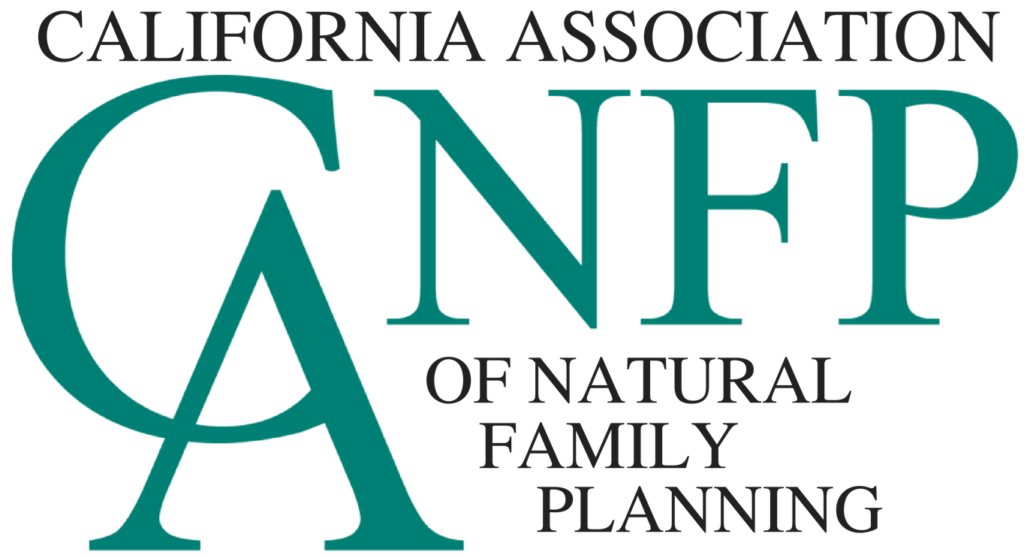- Medical Matters
Measuring Pregnancy Rates (Effectiveness) During Use of NFP and Fertility Awareness
by Joseph B. Stanford, MD, MSPH,CFCMC
In late 2018, I participated in a research team that studied effectiveness of natural family planning/fertility awareness-based methods. Subsequently, a systematic review was published for pregnancy rates with the use of fertility awareness-based methods.1 Based at least in part on this publication, the U.S. Center for Disease Control recently updated their website to state that the typical use pregnancy rates for fertility awareness-based methods is 2-23%. Previously, they had listed the typical use pregnancy rate as 24%. The range of 2-23% derives from the review. (A previous, similar review was published by Manhart and colleagues a few years prior.2) The following are a brief overview of some points that might help understand the review and related issues of pregnancy rates or effectiveness.
1. As used in this review, fertility awareness is a broad term that includes any specific method that identifies the potentially fertile and infertile days of the menstrual cycle. Couples may abstain from intercourse during the fertile days, i.e., natural family planning. The term “fertility awareness” does not in of itself promote the use of barriers or withdrawal, but recognizes that some couples sometimes do so, for the sake of reporting pregnancy rates. Some studies identify and report separate pregnancy rates with or without the use of barriers or withdrawal; or alternatively, systematically exclude cycles or months with the use of barriers or withdrawal. One of the high-quality criteria in our review was to clearly address the use of barriers or withdrawal in one of these ways.
2. Based on the question stated for this review, typical use pregnancy rates are calculated from all cycles or months that women or couples use a method with the stated intention to avoid pregnancy. There were 21 studies (out of 53 studies) that our review identified with sufficiently reliable typical use pregnancy rates.1
3. Demographic, reproductive, and motivational characteristics of couples have a strong influence on typical use pregnancy rates, as well as the method itself. This will be analyzed further in a future publication from some of our group.
4. A few NFP studies have calculated pregnancy rates based on behavior and understanding, in particular studies of the Creighton Model FertilityCare System.3 This is also a valid way to calculate pregnancy rates. However, it is different from, and not directly comparable to the rates reported in the studies from the review (and the studies of contraceptive methods).
5. Effectiveness is the inverse of pregnancy rates. For example, a pregnancy rate of 2 per 100 women years corresponds to an effectiveness of 98%.
6. An unintended pregnancy does not usually mean an unwanted pregnancy. A pregnancy that was not intended can be very much wanted, and this may be especially true among NFP users.
7. “Perfect use” or “correct use” pregnancy rates are based only on cycles or months with correct use. In our review, there were eight studies with correctly calculated correct use pregnancy rates, which ranged from 0 to 12.1 per 100 women-years.1
8. Systematic pregnancy evaluations have been used by some NFP methods to examine the circumstances contributing to each pregnancy, and to classify the reasons for the pregnancy.3 Pregnancy evaluations can provide important insight into the use and effectiveness of a method. However, they are insufficient for identifying a correct use pregnancy rate. The calculation of a correct use pregnancy rate requires sufficient information to identify whether or not there was correct use to avoid pregnancy in every cycle or month, not just in the conception cycles. For example, to return to first point above, if a study excludes pregnancies resulting from barriers or withdrawal, it should also exclude all cycles or months in which barriers or withdrawal were used.
9. Because NFP can be used to achieve as well as avoid pregnancy, to fully understand the use of any NFP method, we specified that a high quality study would report on all pregnancies. Intended pregnancies could be reported separately, or as part of a total pregnancy rate. In our study, only ten of the NFP studies met this criterion.
REFERENCES
1 Peragallo Urutia R, Polis CB, Jensen ET, Greene MF, Kennedy E, Stanford JB. Effectiveness of Fertility awareness-based methods for pregnancy prevention. Obstet Gynecol 2018; 132(3):591-604.
2 Manhart MD, Duane M, Lind A, Sinai I, Golden-Tevald J. Fertility awareness-based methods of family planning: A review of effectiveness for avoiding pregnancy using SORT. Osteopathic Family Physician 2013;5:2-8.
3 Hilgers TW. The statistical evaluation of natural methods of family planning. International review of natural family planning 1984;8:226-64.
About The Author


